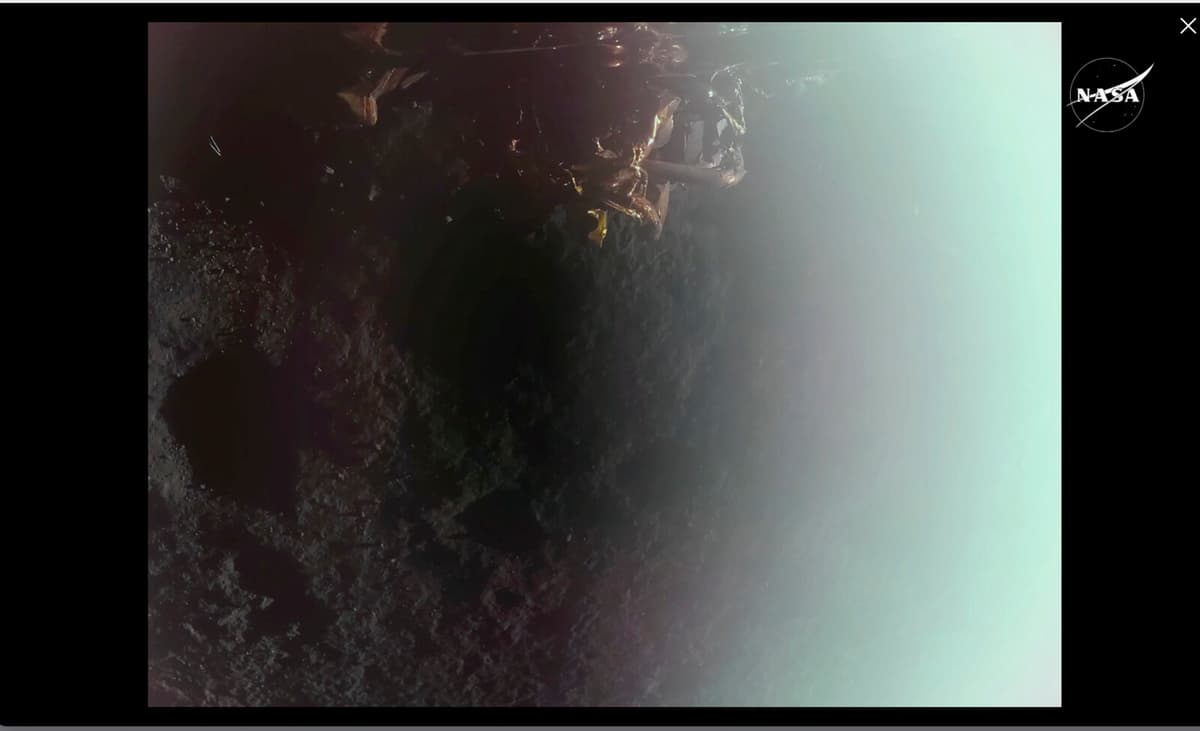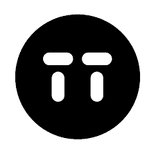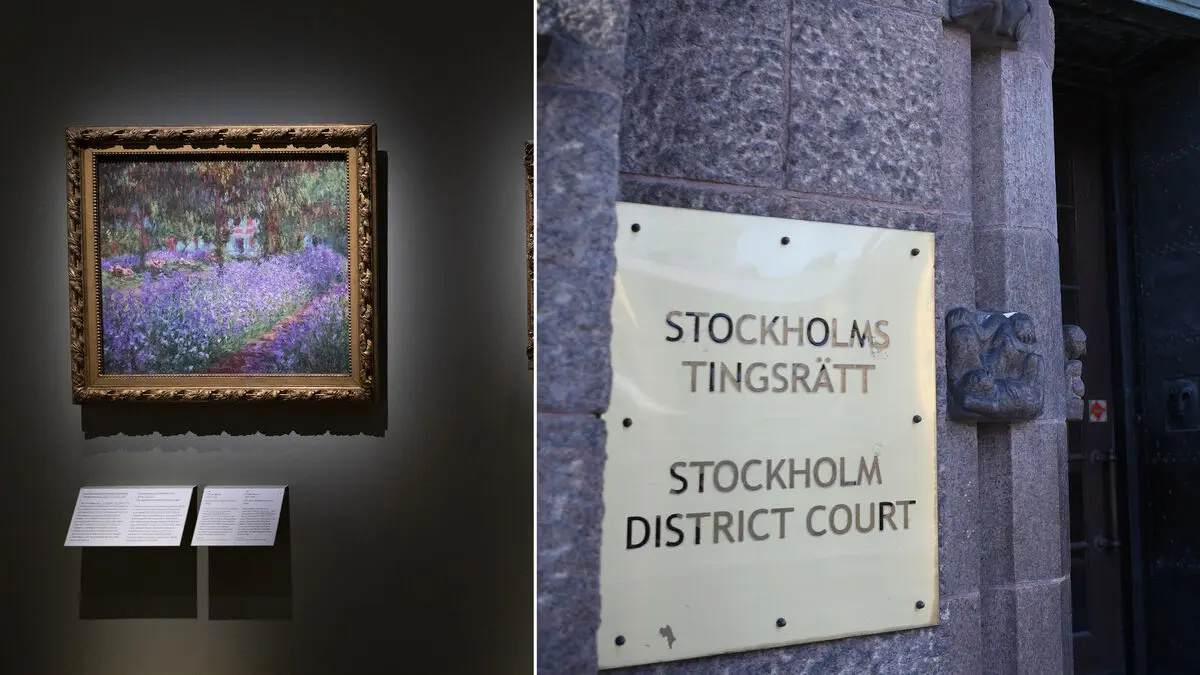The probe, called Blue Ghost and the size of a hippopotamus, was launched on January 15. Shortly after 9:30 am on Sunday morning, it landed in a controlled manner, as shown in a live broadcast from the US space agency NASA.
We're on the moon, says the control room from the responsible company Firefly Aerospace.
The space journey has not had "any major deviations", said Blue Ghost's program manager Ray Allensworth shortly before landing.
Swedish artwork on board
The landing takes place just over a year after the first private probe landed on the moon, which, like Blue Ghost, was done in collaboration with NASA.
The probe also contains a Swedish digital artwork that displays MAX IV laboratory's control system, according to Lund University. Behind the work is Filip Persson, assistant operations manager at MAX IV. The artwork is accompanied by 46 other international artworks that have been selected in an art competition organized by the MoonMars Museum project.
Never before have so many spacecraft been on their way to the moon at the same time. In addition to Blue Ghost, the lander Athena from the company Intuitive Machines (IM) is on its way, both of which are part of NASA's new initiative CLPS (Commercial Lunar Payload Services) in collaboration with private space companies. The Japanese Resilience is also expected to land at the end of May-June.
Pictures of solar eclipse
The probe is designed to function for a day on the moon, equivalent to 14 days on Earth. It is expected to take high-resolution images of a total solar eclipse that will occur on March 14. On March 16, it will also record a sunset, which will provide insight into how dust hovers above the moon's surface under the influence of the sun.
Blue Ghost also carries ten different instruments and will test the innovative dust collector Planetvac, which will simplify the collection of samples from foreign celestial bodies.





